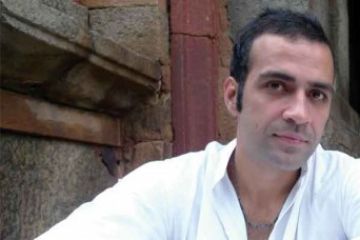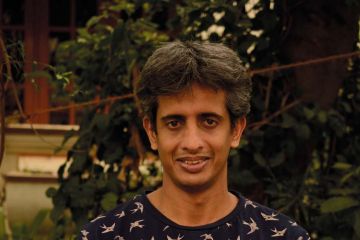
It’s always
cataclysmic beneath the earth. Tectonic plates that form the outer hard layer
of the earth always move, often said to be how fast your finger nails grow—33
millimeters or 1.3 inches a year; they dive under or slide past each other,
deform their edges, creating zones of smashed and cracked rock—faults—that span
a few feet to kilometres and building strain, akin to a rubber band wound
tightly. When the strain is no longer containable, the plates slip along the
faults, in
Continue reading “An ear to the sounds of the earth”
Read this story with a subscription.





